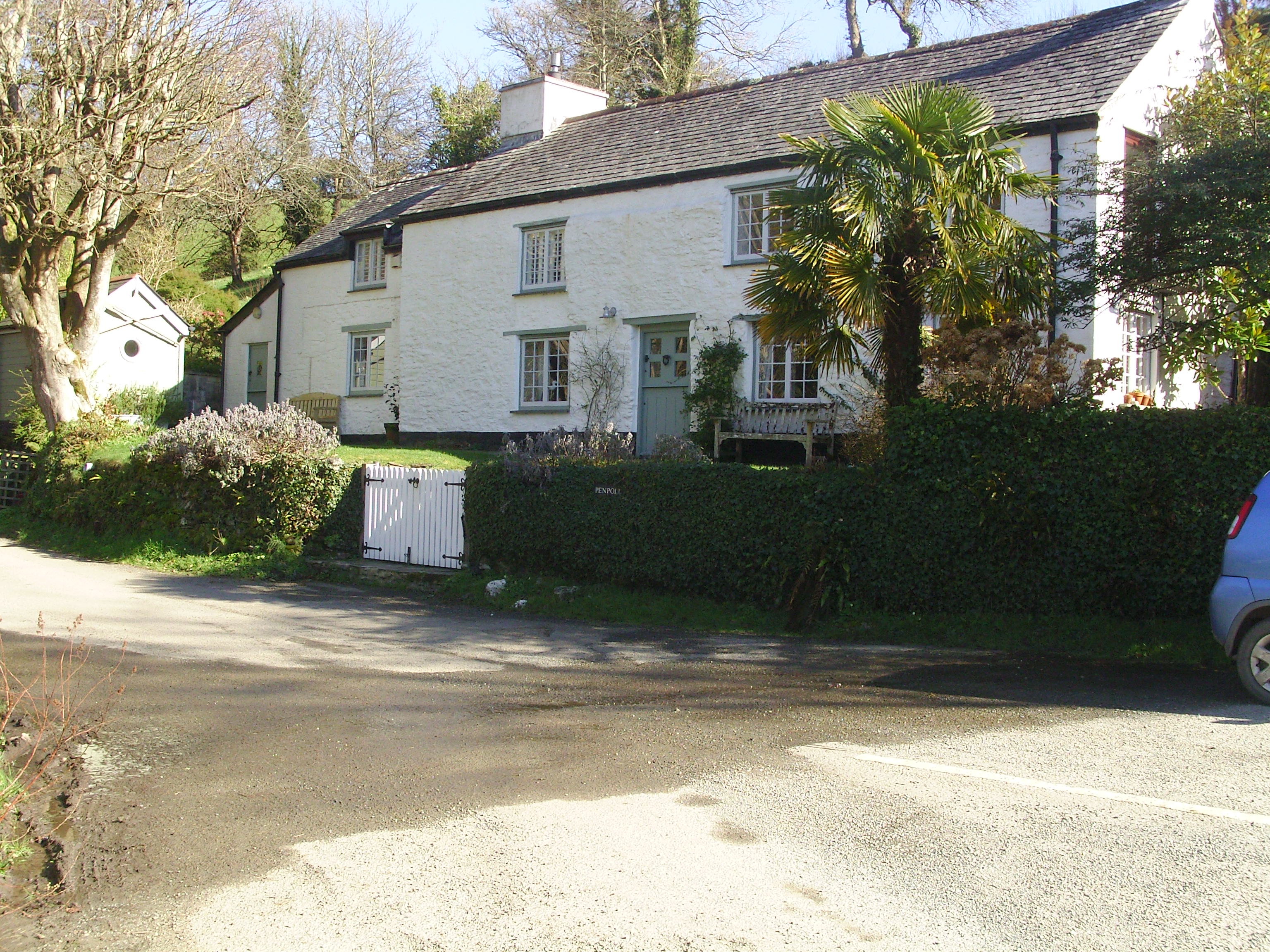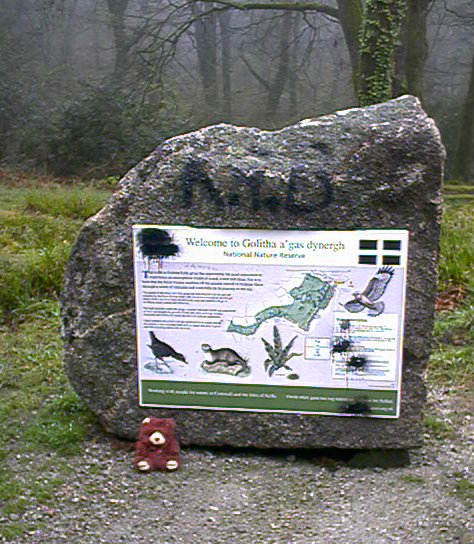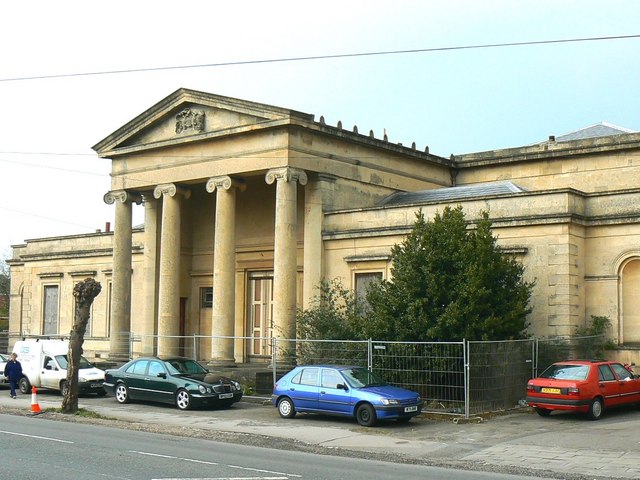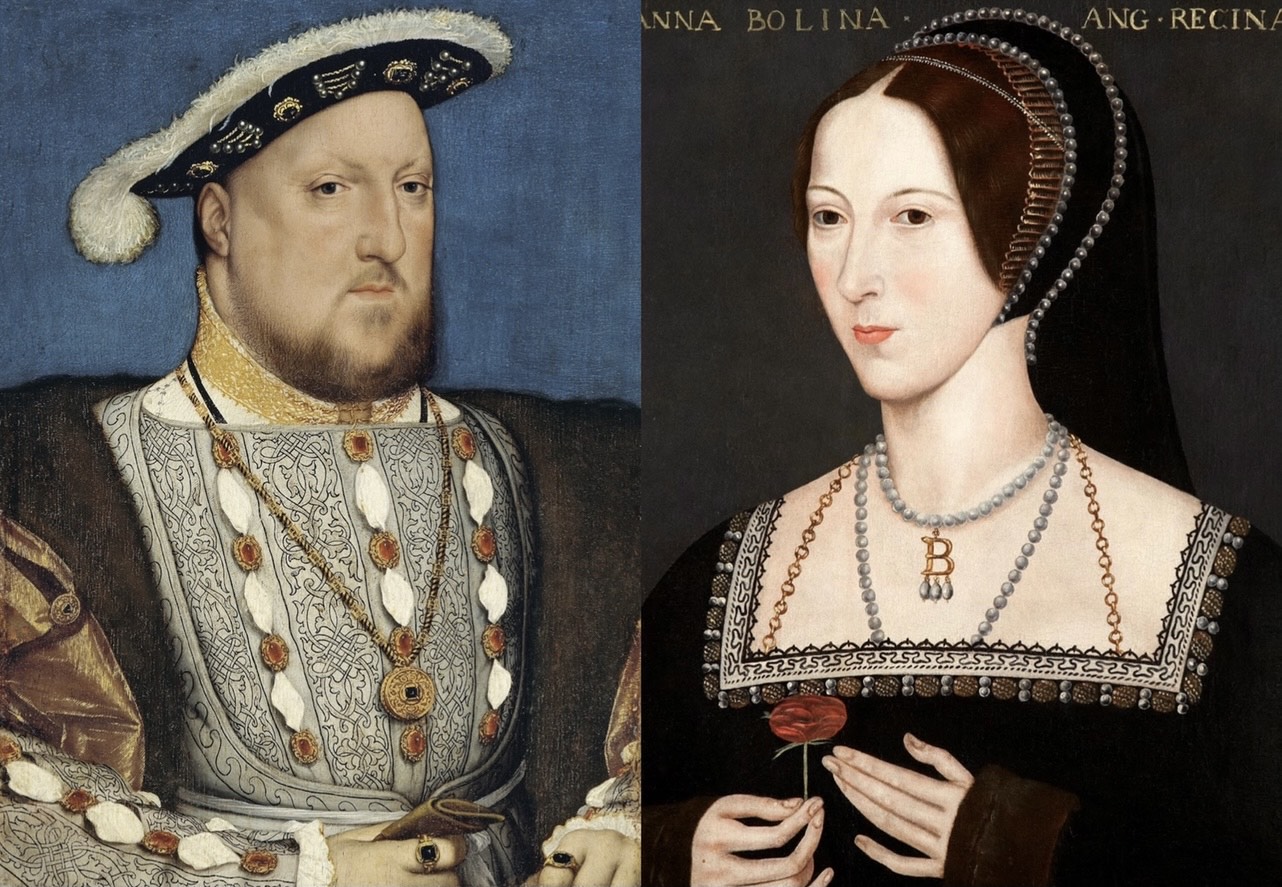|
Lerryn
Lerryn ( kw, Leryon, archaically Lerrin) is a village in Cornwall, United Kingdom. It is situated on the River Lerryn (a tributary of the River Fowey) approximately three miles (5 km) southeast of Lostwithiel. Lerryn straddles two parishes: north of the river it is in St Winnow parish and south of the river in St Veep parish. The river is tidal up to the village and there are stepping-stones across the river which are crossable at low water. Geography The village has a village school of about 46 pupils, a post office and village shop, "Lerryn River Stores", which also provides fresh tea coffee and cakes seven days a week for walkers doing the many beautiful walks in the area. There is also a pub, ''The Ship Inn'', which dates from at least 1762. Much of the surrounding countryside is an Area of Outstanding Natural Beauty. An Elizabethan bridge crosses the river to the eastern edge of the village or you can cross via the famous stepping stones, a must for all visitors ... [...More Info...] [...Related Items...] OR: [Wikipedia] [Google] [Baidu] |
River Lerryn
The River Lerryn is a river in east Cornwall, England, UK, a tributary of the River Fowey. The Lerryn is the largest of the tributaries which enter the estuary of the Fowey. The river is tidal up to the village of Lerryn. The landscape of the Lerryn catchment is rural and includes heathland, moorland and rough pasture in the upper reaches and broadleaf, coniferous and mixed plantation woodland in the lower. This catchment includes four SSSIs, including Redlake Meadows & Hoggs Moor. The Lerryn rises at Fairy Cross (Grid ref. SX1262) on the southern slopes of Bodmin Moor and flows south-southwest until it enters the Fowey estuary (Grid ref. SX1255). The name of the river is Cornish; the earliest record of it is as "Leryan" and "Lerion" in 1289. In modern Cornish its name would be Dowr Leryon, meaning "river of floods".Weatherhill, Craig (2009). ''A Concise Dictionary of Cornish Place-Names''. Westport, Co. Mayo: Evertype. ; p. 3 The village of Lerryn is named after the river. Fo ... [...More Info...] [...Related Items...] OR: [Wikipedia] [Google] [Baidu] |
St Veep
St Veep ( kw, Sen Vip) is a civil parish in Cornwall, England, United Kingdom, situated above the east bank of the River Fowey about three miles (5 km) south-east of Lostwithiel. It is bordered by the parishes of St Winnow to the north-west, Boconnoc to the north, Lanreath to the east Polperro to the south-east and Lanteglos to the south. The River Fowey forms its western boundary. The parish is named after Saint Veep of whom little is known (not even whether the saint was male or female). Part of the village of Lerryn is in St Veep parish. The hamlets of Cliff (), Higher Penpol (), Middle Penpol and Lower Penpol () are all within the parish. History The parish church was originally dedicated to Saint Veep, but when it was rebuilt in 1336 it was rededicated to Saint Quiricus and Saint Julietta. Following the Prayer Book Rebellion of 1549, a number of well-known Cornish figures and priests were murdered or hanged in Cornwall. These included Richard Bennet, vicar of St Vee ... [...More Info...] [...Related Items...] OR: [Wikipedia] [Google] [Baidu] |
St Winnow
St Winnow ( kw, Sen Gwynnek) is a civil parish in Cornwall, England, United Kingdom. Its name may be connected with either that of Saint Winnoc or Saint Winwaloe. It has a population of 304, which had increased to 328 at the 2011 census. The church town is on the east bank of the River Fowey south of Lostwithiel. Part of the village of Lerryn lies within the parish as does the Chapel of St Nectan. The Redlake Meadows & Hoggs Moor, a Site of Special Scientific Interest is also in the parish. History and antiquities St Winnow was recorded in the Domesday Book of 1086 as San Winnuc. In 1644-45, some ninety people from the parish died of the plague: only four were soldiers but a campaign of the Civil War was going on at the time. Andrew Langdon (1996) records three stone crosses in the parish. A cross found at Higher Coombe in 1903 was afterwards erected at St Nectan's chapel. A cross from Lanlivery was made into the upper section of "The Monument" on Druids Hill. It was br ... [...More Info...] [...Related Items...] OR: [Wikipedia] [Google] [Baidu] |
River Fowey
The River Fowey ( ; kw, Fowi) is a river in Cornwall, England, United Kingdom. It rises at Fowey Well (originally kw, Fenten Fowi, meaning ''spring of the river Fowey'') about north-west of Brown Willy on Bodmin Moor, not far from one of its tributaries rising at Dozmary Pool and Colliford Lake, passes Lanhydrock House, Restormel Castle and Lostwithiel, then broadens below Milltown before joining the English Channel at Fowey. The estuary is called Uzell ( kw, Usel, meaning ''howling place''). It is only navigable by larger craft for the last . There is a ferry between Fowey and Bodinnick. The first road crossing going upstream is in Lostwithiel. The river has seven tributaries, the largest being the River Lerryn. The section of the Fowey Valley between Doublebois and Bodmin Parkway railway station is known as the Glynn Valley ( kw, Glyn, meaning ''deep wooded valley''). The valley is the route of both the A38 trunk road and the railway line (built by the Cornwall ... [...More Info...] [...Related Items...] OR: [Wikipedia] [Google] [Baidu] |
Burchard Kranich
Burchard Kranich (c. 1515–1578) (also known as Doctor Burcot) was a mining engineer and physician who came to England from Germany. He was involved in mining ventures in Derbyshire and Cornwall, and in assaying the black ore, thought to be gold-bearing, brought back to England from Baffin Island by Martin Frobisher. He later practised as a physician in London, where he enjoyed a mixed reputation, and is said to have attended Elizabeth I when she contracted smallpox. He is alluded to in several literary works published during the reigns of Elizabeth I and James I. Early career Kranich's surname is spelled variously in extant documents; contemporary spellings include Cranye, Cranach, Cranicke, Cranegh, Craneigh, Craneighe, Craunighe and Kranyke. He is also referred to in some documents as 'Burchard', as though it were his surname, and later as 'Doctor Burcot'. He is said to have been born in southern Germany, and according to Bennell his surname suggests that he came from Kronach ... [...More Info...] [...Related Items...] OR: [Wikipedia] [Google] [Baidu] |
List Of Roman Hoards In Britain
The list of Roman hoards in Britain comprises significant archaeological hoards of coins, jewellery, precious and scrap metal objects and other valuable items discovered in Great Britain (England, Scotland and Wales) that are associated with period of Romano-British culture when Southern Britain was under the control of the Roman Empire, from AD 43 until about 410, as well as the subsequent Sub-Roman period up to the establishment of Anglo-Saxon kingdoms. It includes both hoards that were buried with the intention of retrieval at a later date (personal hoards, founder's hoards, merchant's hoards, and hoards of loot), and also hoards of votive offerings which were not intended to be recovered at a later date, but excludes grave goods and single items found in isolation. Most Roman hoards are composed largely or entirely of coins, and are relatively common in Britain, with over 1,200 known examples. A smaller number of hoards, such as the Mildenhall Treasure and the Hoxne Hoard, i ... [...More Info...] [...Related Items...] OR: [Wikipedia] [Google] [Baidu] |
St Columb Major
St Columb Major is a town and civil parish in Cornwall, England, United Kingdom. Often referred to locally as ''St Columb'', it is approximately southwest of Wadebridge and east of Newquay Ordnance Survey: Landranger map sheet 200 ''Newquay & Bodmin'' The designation ''Major'' distinguishes it from the nearby settlement and parish of St Columb Minor on the coast. An electoral ward simply named ''St Columb'' exists with a population at the 2011 census of 5,050. The town is named after the 6th-century AD Saint Columba of Cornwall, also known as Columb. Twice a year the town plays host to "hurling", a medieval game once common throughout Cornwall but now only played in St Columb and St Ives.It is also played irregularly and less frequently at Bodmin, but nowhere else. It is played on Shrove Tuesday and again on the Saturday eleven days later. The game involves two teams of unlimited numbers (the 'townsmen' and the 'countrymen' of St Columb parish) who endeavour to carry a si ... [...More Info...] [...Related Items...] OR: [Wikipedia] [Google] [Baidu] |
Assizes
The courts of assize, or assizes (), were periodic courts held around England and Wales until 1972, when together with the quarter sessions they were abolished by the Courts Act 1971 and replaced by a single permanent Crown Court. The assizes exercised both civil and criminal jurisdiction, though most of their work was on the criminal side. The assizes heard the most serious cases, which were committed to it by the quarter sessions (local county courts held four times per year), while the more minor offences were dealt with summarily by justices of the peace in petty sessions (also known as magistrates' courts). The word ''assize'' refers to the sittings or sessions (Old French ''assises'') of the judges, known as "justices of assize", who were judges who travelled across the seven circuits of England and Wales on commissions of " oyer and terminer", setting up court and summoning juries at the various assize towns. Etymology Middle English < |
Elizabeth I Of England
Elizabeth I (7 September 153324 March 1603) was Queen of England and Ireland from 17 November 1558 until her death in 1603. Elizabeth was the last of the five House of Tudor monarchs and is sometimes referred to as the "Virgin Queen". Elizabeth was the daughter of Henry VIII and Anne Boleyn, his second wife, who was executed when Elizabeth was two years old. Anne's marriage to Henry was annulled, and Elizabeth was for a time declared illegitimate. Her half-brother Edward VI ruled until his death in 1553, bequeathing the crown to Lady Jane Grey and ignoring the claims of his two half-sisters, the Catholic Mary and the younger Elizabeth, in spite of statute law to the contrary. Edward's will was set aside and Mary became queen, deposing Lady Jane Grey. During Mary's reign, Elizabeth was imprisoned for nearly a year on suspicion of supporting Protestant rebels. Upon her half-sister's death in 1558, Elizabeth succeeded to the throne and set out to rule by good counsel. S ... [...More Info...] [...Related Items...] OR: [Wikipedia] [Google] [Baidu] |








